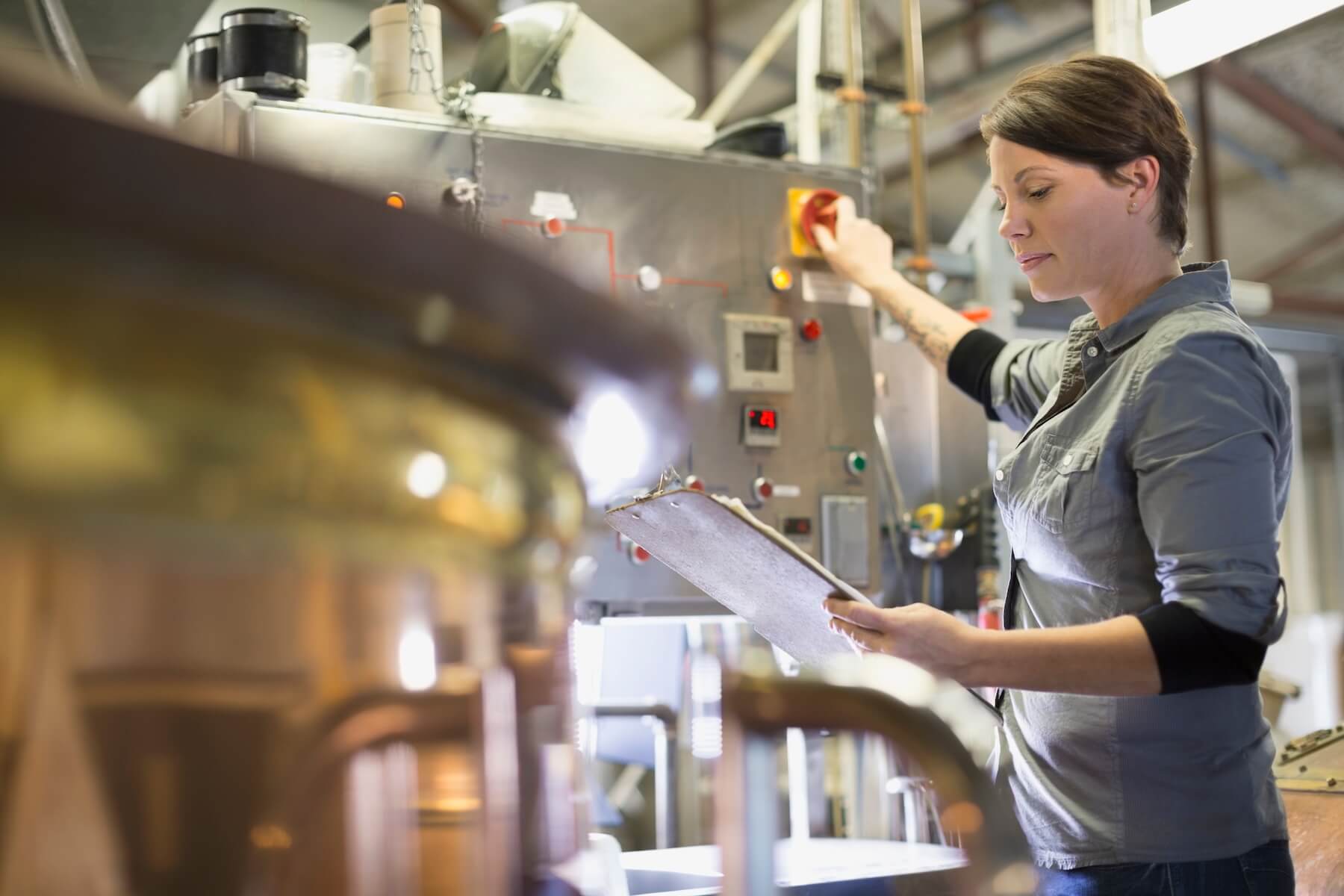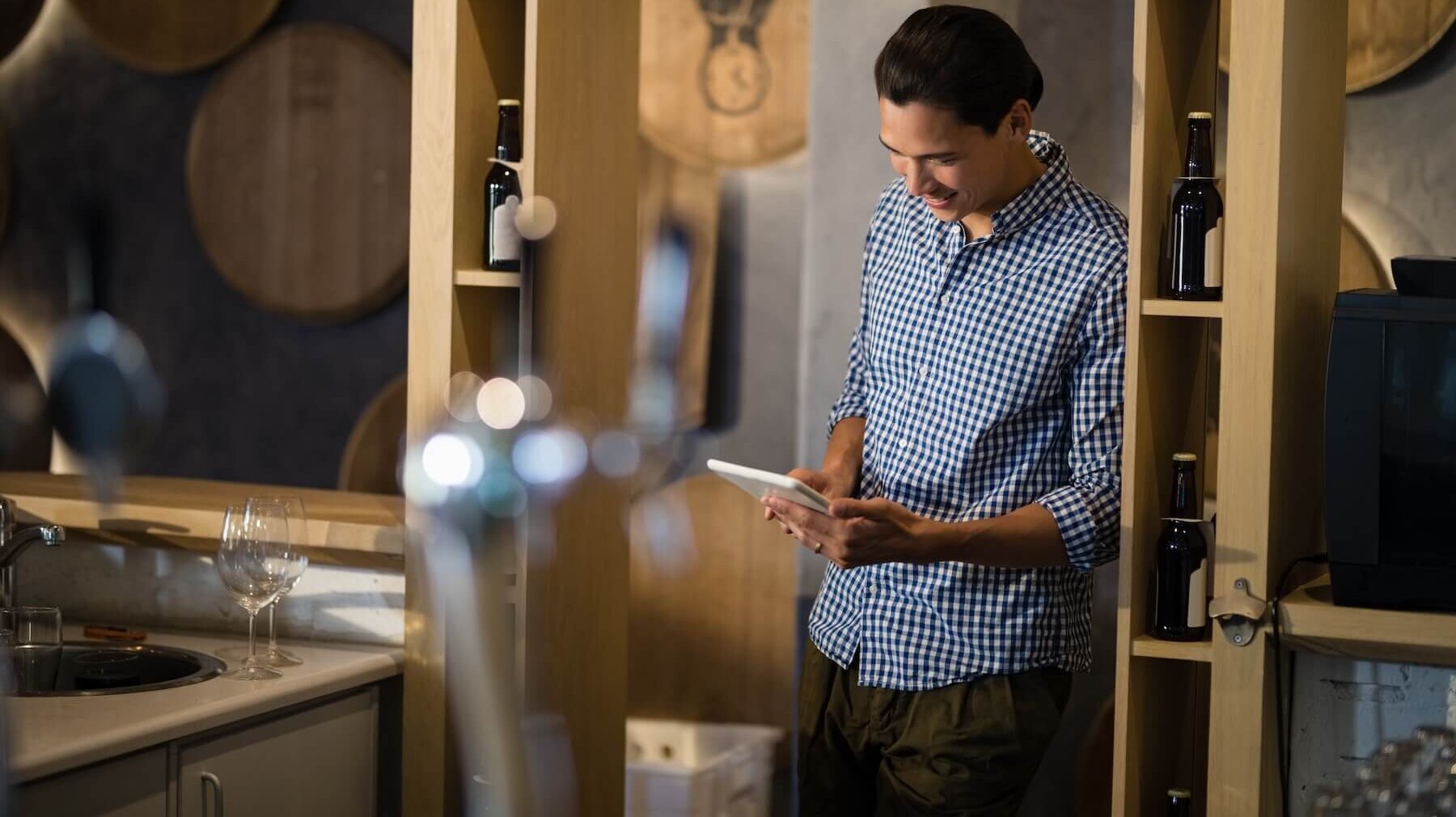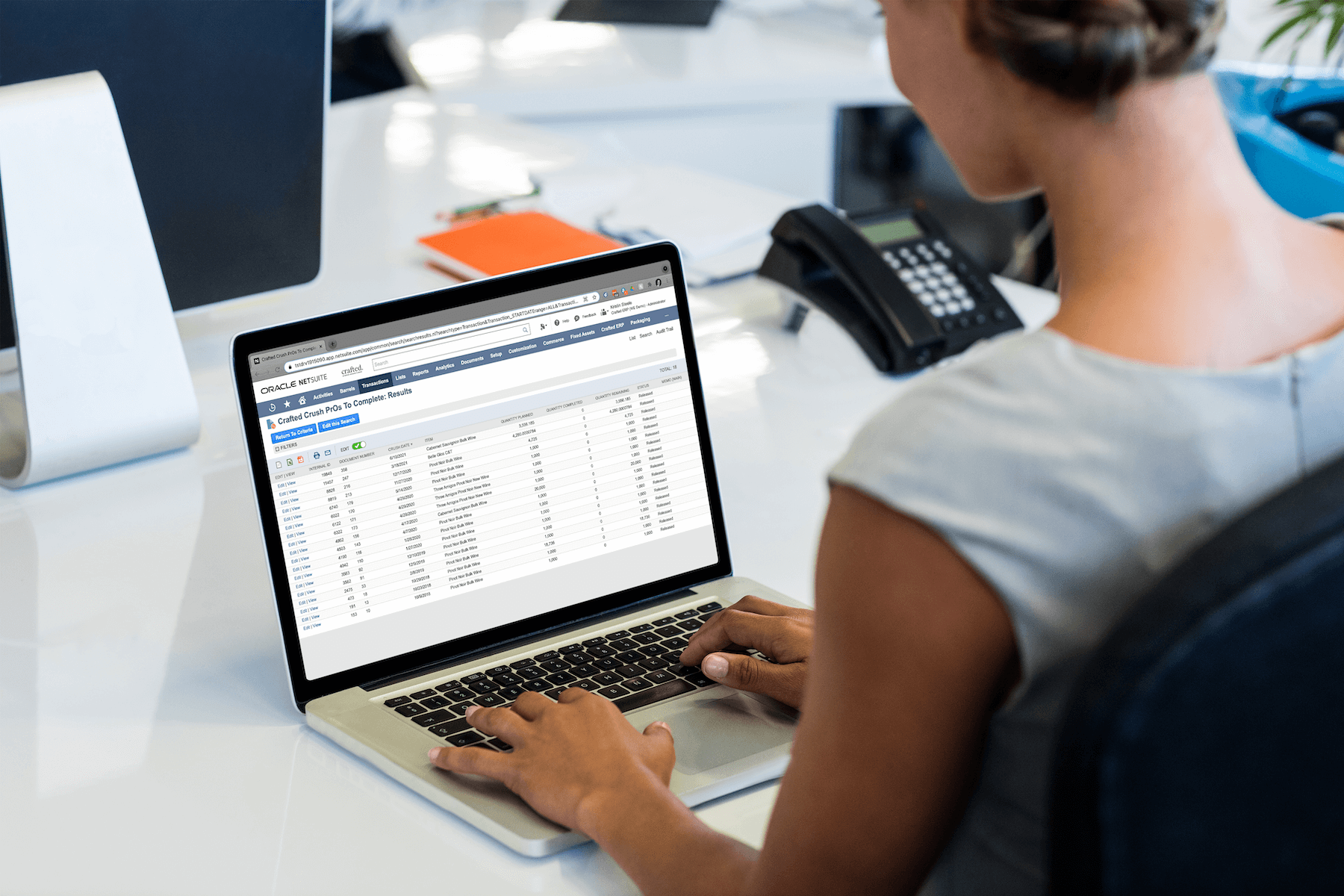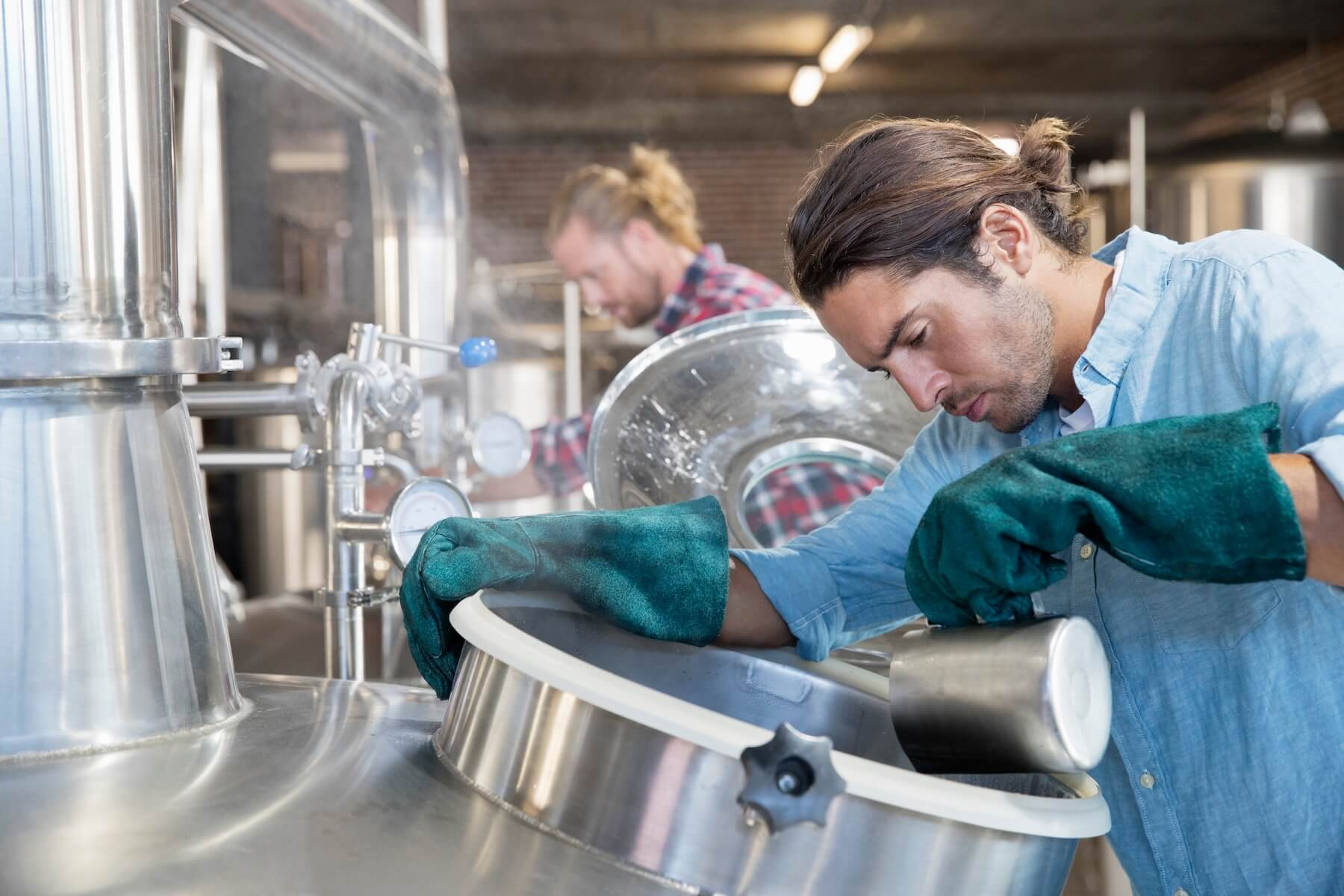Sustainability has become more than just a buzzword, particularly among industries that are starting to feel the heat (literally) of climate change. Environmental, social & governance (ESG) initiatives and green certifications are popping up all over the beverage industry. And while there has been plenty of media coverage and buzz around eco-friendly production practices in the drinks industry, especially in regards to winemaking and craft beer, the biggest environmental hit actually comes after the wine, beer or spirits are made.
Alcoholic beverages account for 0.6% of the Global Warming Potential (GWP) impact category of total products, with packaging making up a whopping 40% of a beverage’s total carbon footprint over its life cycle from raw materials to consumption.
Seventy-three percent of consumers say they are willing to pay a premium for more sustainable options. Among younger purchasers, that percentage climbs to 83%. Those are no small stakes, especially as Gen Z ramps up in terms of buying power.
But what exactly are these new innovations and how will they impact the way we produce and consume wine? In this blog post, we’ll explore some of the latest packaging innovations in the wine industry and what they could mean for the future of the wine industry. As far back as 2004, the acronym ESG has been used to delineate efforts and metrics that are meant to “score” a company in terms of sustainability, emissions, human rights recognition and anti-corruption stances.
As stated in the 2004 United Nations Global Compact report Who Cares Wins: Connecting Financial Markets to a Changing World, “companies that perform better with regard to these issues can increase shareholder value by, for example, properly managing risks, anticipating regulatory action, or accessing new markets, while at the same time contributing to the sustainable development of the societies in which they operate. Moreover, these issues can have a strong impact on reputation and brands, an increasingly important part of company value.”
Legislation Affecting WINE Sustainability Efforts
We sat down with Chief Commercial Officer at Free Flow Wines, Heather Clauss, to get her take on the growing interest (and need) for more environmentally friendly packaging solutions and the state of the industry as consumer tides are turning. She knows a thing or two about sustainability — founded in 2009, Free Flow Wines has made creating the most sustainable wine on the planet their sole mission and, to date, kegs more than 250 wine brands from wineries across the globe.
With their reusable keg system, Heather puts the reduction in emissions from end-to-end at 76%. According to Heather, sustainability efforts have been on the rise for some time, but recent years have shown a significant groundswell from both inside the industry and as a result of directives, support and incentives from governments.
“Eliminating disposables and transitioning toward all different kinds of packaging that use reusables is a big trend right now,” Heather says. “There’s a lot of legislation starting to build around supporting ESG goals and reduction of emissions and waste.”
One such piece of legislation came about in January 2021 when the California State Water Resources Control Board adopted a statewide Winery Order for General Waste Discharge Requirements (WDRs). While allowing existing wineries to enroll gradually (the deadline for enrollment is January 20, 2024 and full compliance must be reached within five years), new wineries are required to enroll 180 days prior to opening their doors.
There are even bigger pieces of green legislation in motion here in the United States as well as in Europe. Some have repercussions for non-compliance but there are also incentives in the form of tax-breaks and support that can have direct positive impacts on the bottom line.
Time-bound legislation like the WDRs in California have a lot of wineries scrambling, not only to go greener but to find technological solutions to help them keep track of their progress metrics. Heather Clauss calls technology like this “a critical tool.”
Free Flow Wines utilizes the Crafted ERP wine management system to maintain maximum visibility and real-time data synchronization across all facets of their business.
“Our whole focus is reusable packaging for wine. For us, technology in general is so core to everything we do. To track a reusable package, it needs to be scanned at every point in the supply chain,” Heather says of Free Flow’s business model. With new metrics to track and new benchmarks to hit, data visibility and a single pane of glass through which to view your business as a whole, finding the right tech solution is paramount.
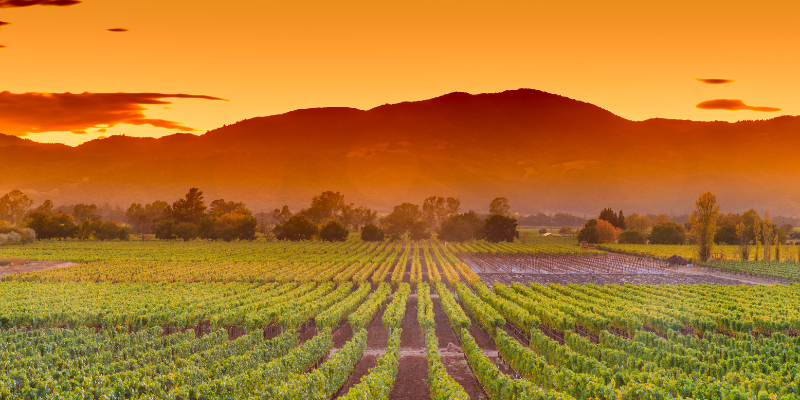
WINE Sustainability and Biodynamic Certifications
In the wine industry, sustainable and biodynamic certifications have become the guides for consumers looking for ethically-sourced wines. But, as we are only in the infancy of establishing standards and benchmarks for these kinds of metrics, it can be hard for consumers to separate which certified wineries and brands have made a genuine commitment to sustainable production or packaging, and which are just greenwashing — exploiting environmental concerns as a marketing ploy by making false or exaggerated environmental claims.
“There is still a lot of gray area with green certifications and things are still evolving, but I do think accountability is getting better,” Clauss says. “We’re a long way before we can put a stamp on a product and give an assurance to the consumer about the whole production picture and what’s going to happen to what you throw in the bin.”
Independent organizations like Wine Folly are doing their part to educate consumers about which sustainability labels to trust, providing tips on how to read labels and identifying certified wineries that have made genuine commitments to sustainable production. There are also organizations committed to helping wine companies develop their goals and metrics, and offering certifications that are recognized by the industry at large.
Here are a few organizations that offer these kinds of certifications and that are great resources for companies taking the green plunge:
- International Wineries for Climate Action
- Certified California Sustainable Winegrowing (CCSW)
- Sustainability in Practice (SIP)
- LODI Rules
- EMS ISO 14001 / ISO 14004
- Low Input Viticulture and Enology (LIVE)
Don’t Let the Bottle Let Us Down
Production is one piece of the puzzle, but packaging is a major contributor to the wine industry’s carbon footprint — upwards of 40% of the footprint of any given beverage. From the vineyards themselves to transportation and storage, labels, boxes, and even caps or corks, packaging has a significant environmental impact. As consumers become more conscious of sustainability issues and demand more eco-friendly products, winemakers are innovating by using lighter weight bottles and recycled materials while still striving to maintain their wine’s quality.
Free Flow Wines specializes in reusable kegs — providing a succinct solution for brands looking to trim the carbon and emissions fat when it comes to their wholesale distribution. Their primary mission is “to deliver the freshest, best tasting, most sustainable glass of wine.” They exist at the crossroads of wine and hospitality industries, offering keg leasing, filling and logistics services that promise and deliver “a greener, fresher, better way to serve wine by the glass.”
WINE SUSTAINABILITY PACKAGING
What other ways are wine companies thinking ‘outside the bottle’? Here a few of the latest packaging innovations in wine packaging and distribution:
Recycled Glass Bottles
The important thing to understand about using recycled glass to create wine bottles is the difference between “post-consumer”, “pre-consumer” and “post-industrial” materials. Post-consumer materials are actually at their end-of-life cycle and are then being used to produce new materials — this is the gold standard for a truly environmentally sound and responsible production process. Recycled glass made with either pre-consumer or post-industrial materials is more lip-service than actually making a dent in a company’s carbon footprint. There are wine bottles being created that use up to 100% post-consumer recycled glass (PCRG).
Lightweight Glass Bottles
Another innovation in wine packaging is ‘lightweighting’ — choosing a bottle design that lowers the overall weight of the bottle resulting in significantly less fuel consumption for shipping. Glass vendors, suppliers and manufacturers are feverishly working on new technologies to create products that are even more sustainable — instead of just lightening the vessel, they are working on innovations in the furnaces, material composition and infrastructures all toward a glass bottle industry that is net zero. Here’s what success can look like; according to SevenFiftyDaily: “In 2016, Jackson Family Wines lowered the glass weight by five percent on its biggest molds, resulting in a two to three percent emissions decrease and a whopping $1 million savings in glass costs.” That’s no small potatoes.
Bag-in-Box (BIB)
The bag-in-box is a newer type of packaging with a rapidly increasing market share. It boasts a dramatically decreased carbon footprint. In an assessment completed by the California Sustainable Winegrowing Alliance (CSWA) the carbon footprint of the BIB package came in around 84% less than 750ml glass bottles and emission for the distribution of these lighter packages was down 60%.
Canned Wine
For the younger generation of wine drinkers accustomed to cans for everything from kombucha to hard seltzers, canned wines are a no-brainer. And although glass bottles are the gold standard for aging wine, most wines are meant for consumption within the first five years after bottling anyway, so many wineries are asking, ‘why not?’ The eco-friendliness of this packaging option comes down to the ready availability and viability of the recycling of aluminum — as in, aluminum actually gets recycled while much of the glass that may leave homes with the best of intentions, ends up in landfills anyway.
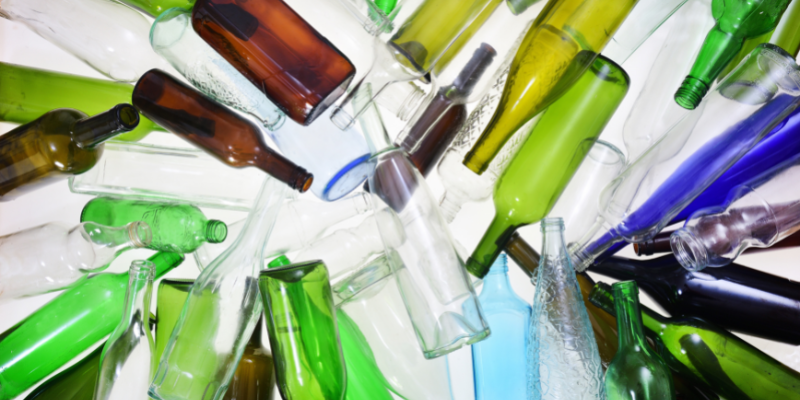
Is Your Winery Ready to Go Green?
As with most things, the first steps can be the hardest. Figuring out which certifications to go after, what metrics to start tracking, auditing for changes and setting up a roadmap to get there can feel overwhelming. Bringing on the right tech and software solutions to gain the visibility (and guidance) you need will be the make-or-break decision for your early sustainability strategizing.
The newest addition to Crafted ERP comes in the form of an app by the creators of Crafted at Doozy Solutions — the Sustainability Center is a standalone offering from Doozy and a new add-on for Crafted ERP platform customers that gets you started by tracking eight preset metrics:
- Electricity Usage
- Fuel Usage
- CO2 Usage
- Water Usage
- Wastewater Usage
- Waste Disposal
- Waste Recycling
- Waste Composting
The Sustainability Center module is built as an expandable framework that can grow and pivot with your company as milestones are met, new goals are set and your overall sustainability strategy comes into focus. Read more about how the Sustainability Center can help you get started or continue your sustainability journey.
